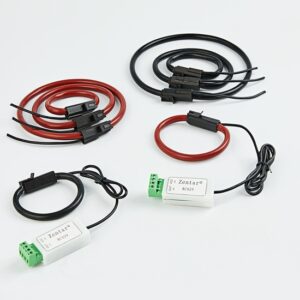[vc_row][vc_column][vc_column_text]
1. Magnetic field-based detection methods (represented by current transformers and Hall sensors) have many advantages, such as good isolation and low power loss, which makes it more widely used in power drive technology and high current fields, but It also has shortcomings, such as large size, unsatisfactory compensation characteristics, linearity, and temperature characteristics.
2. Shunt method High-precision low-resistance resistors currently have the characteristics of high power and small size. This method has low cost and high accuracy. More used in automotive electronics.
If you want to realize the anti-pinch function, you usually use two methods for detection at the same time. The following takes the window control as an example to introduce.
The working current of the body electronic control system is generally between 1-100A, but we need to pay attention to the fact that most loads have Inrush current. What needs to be involved today is the shunt method. This is the principle of our detection: The shunt method is to insert a low-resistance detection resistor in series in the current path to form a small voltage drop, which can be amplified and used as a A signal proportional to the current. Of course there are two basic topologies:
Of course, there are two basic topologies:
Realization of current detection in automobile electronic system
low-side current detection
Put the sense resistor between the load and the circuit ground, then the operational amplifier can be used to amplify the voltage drop formed on the resistor.
high side detection
Place the detection resistor between the power supply and the load.
If you want to subdivide more, you can also consider the position of the switch, because we are facing an inductive load.[/vc_column_text][/vc_column][/vc_row]




